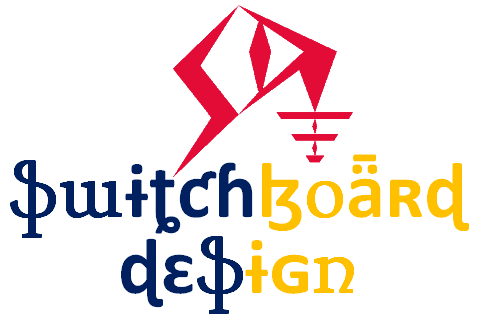This Electronic Overload Relays Block is easily insert in your schematic diagram and connect as you like way.
An overload, phase asymmetry or a phase failure results in an increase of the motor current beyond the set rated motor current. This rise in current is detected by the current transformers integrated into the devices and evaluated by corresponding electronic circuits which then output a pulse to the auxiliary contacts. The contacts then disconnect the load via a contactor. (The contactor function is not an integral component of the overload relay). In addition to current-dependent protection for loads against impermissibly high temperature rise caused by overload, phase asymmetry, and phase failure, This provides protection of loads against high-impedance faults to ground caused by damaged insulation, moisture, condensation, etc. 3RB20 electronic overload relays are designed to protect three-phase loads in sinusoidal 50/60 Hz voltage supplies. Overload release and short-circuit release are signaled separately. In the event of a short circuit the fuses or the MSP for starter combinations/circuit breaker (acc. to UL) limit the short-circuit current and in the event of an overload the overload relay disconnects the contactor (and thus the load). The overload relays are especially suitable for use in fused switchgear assemblies. The devices are also used in applications in line networks with operating voltages pf more than 400 V. Compared with fuseless design, the fuses still have an extremely high shortcircuit breaking capacity in excess of 100 kA, even in these voltage ranges. Automatic RESET is easy to implement with the overload relays. Following an overload trip, the load feeder need not be switched on again on-site. MSP for starter combinations/circuit breaker (acc. to UL) + contactor + overload relay combinations have the advantage that the load feeder can be isolated easily and all three poles can be disconnected in the event of a short circuit.





Reviews
There are no reviews yet.